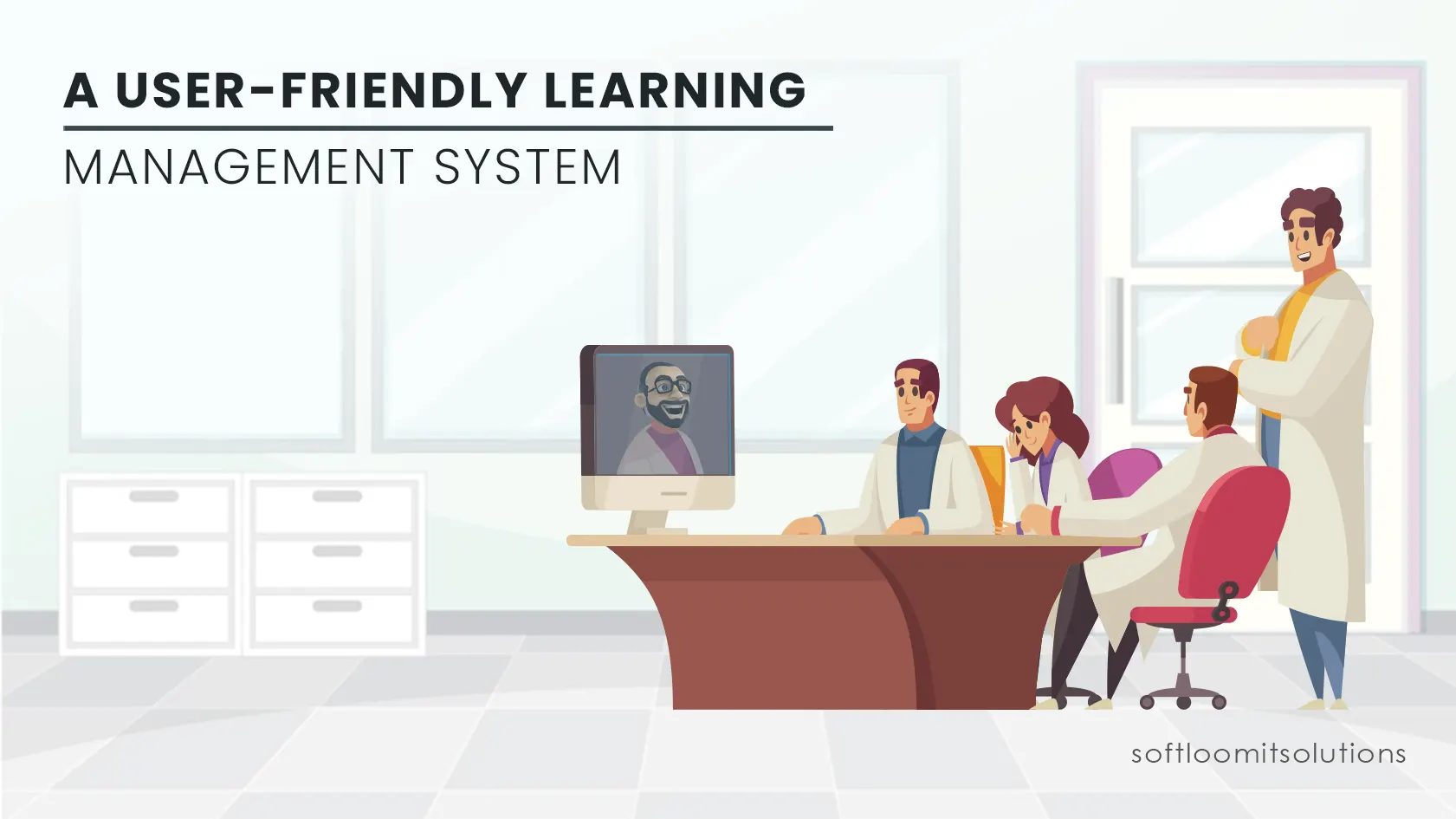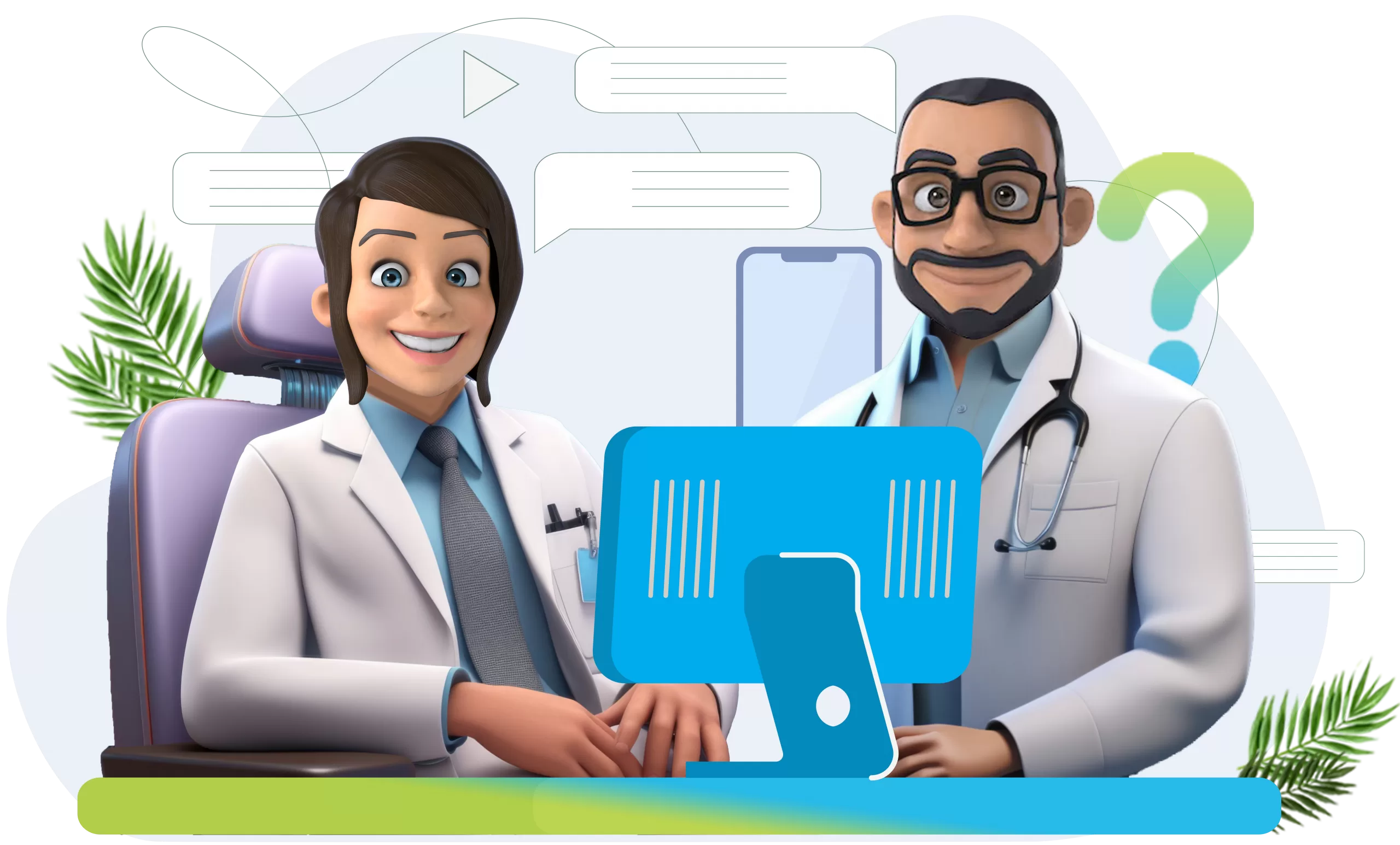A user-friendly learning management system (LMS) lets companies offer easy online education and interactive training. It also gives personal learning that spikes employee involvement, increases work done, and makes sure rules are followed. By gathering training in one place, setting up courses for mobile, and showing results right away, a modern LMS changes the way organizations learn and grow, making them thrive in a tough market. This article looks at why a friendly LMS is good to have. It talks about its main features for fun learning and helps pick the best LMS for a group’s unique needs.
Key Takeaways
What is a Learning Management System?
A learning management system (LMS) is a digital platform made to help companies with learning and development (L&D). It does this by bringing together, managing, and giving out training programs. This platform works like a main spot to keep, handle, and follow all training materials and courses. This makes training the same across all parts of the company.
Centralized Platform for Training Programs
An LMS makes it easy to offer and manage courses. It allows making, sharing, and checking online training. This central way makes every training source simple to find and use. It makes the learning process straightforward for both learners and those running it.
Seamless Course Delivery and Management
Today’s LMS works well on mobile devices, so training is always at hand. People can access training wherever they are, with whatever device they like. This makes training fit into their schedule, leading to a better learning journey.
Mobile-Optimized for Anytime, Anywhere Learning
Companies using an LMS can take a lot of advantages to boost their training. This includes making user interfaces fit their needs, seeing real-time data, and the fast use of old training for new courses.
Key Benefits of a User-Friendly Learning Management System
The use of an easy-to-use learning system makes training cheaper and more flexible for companies. It cuts the need for physical spaces, printed materials, and face-to-face teachers. This saves a lot of money for businesses. They can switch from the old way of training to a new, online system without big costs
Cost-Effective Training Solutions
Moving to a user-friendly LMS cuts a lot of costs for businesses. They don’t need to worry about keeping up a physical place for training, printing papers, or having teachers on-site. The change makes training less expensive but still high-quality for employees.
Scalable for Business Growth
A scalable LMS suits both small and big organizations. It grows with the company, handling more workers or training needs easily. This makes learning smooth and flexible for everyone involved.
Customizable to Business Needs
Having a customizable LMS allows companies to tailor training to their specific needs. Businesses can set up the LMS to meet their specific needs, making learning more focused and engaging. They can tailor learning paths and content to make training more relevant and effective.
Real-time Tracking and Analytics
The tracking and analytics of a user-friendly LMS help businesses follow and improve training. These tools show how well learners are doing and what parts of training need work. LMS analytics give insights into how courses are going, how students are engaging, and the training’s overall success. This helps companies make smart choices to boost their training programs.
User-Centric Features for Engaging Learning Experiences
The LMS should meet the needs of today’s learners. It should be easy to use, which makes moving around, finding study materials, and doing activities a breeze for students.
Intuitive User Interface
Having a smart UI design and clear buttons can cut down on problems. It makes the learning platform smoother to use. This helps boost how much users get involved with what it offers.
Personalized Learning Paths
Thanks to AI, the system can suggest materials and learning chances based on each user’s skills and goals. This makes the learning more on point and effective. It also pushes users to be more active in their learning.
Gamification and Interactive Content
Adding game elements like points and badges can up the fun and motivation to learn. Meanwhile, using multimedia and simulations can make the training fun and real. For example, on LinkedIn, using gamified features increased the user’s complete profiles by 55%.
These special features help make learning interactive and effective for today’s varied learners.
Learning Management System for Streamlined Workforce Development
A good learning management system (LMS) is vital for making workforce development smooth. It eases employee onboarding and training. This means new hires get the training they need quickly and in a way that suits them.
Employee Onboarding and Training
The LMS is great for getting compliance and regulatory training done well. It creates tailor-made programs and uses experts to make sure everyone learns what they should. This helps companies follow the rules.
It also boosts sales teams by helping them start fast and do better. This leads to more sales through better skills.
Compliance and Regulatory Training
It’s also useful for customer training. This way, customers get to know a company’s products well, without needing lots of one-on-one time.
Sales Enablement and Customer Training
More than 7,000 businesses worldwide use Cornerstone for their LMS needs. They have been leading in helping people grow for over 20 years. Cornerstone’s trainings are made just for you, whether online or face-to-face, and their AI tools help find what skills need work.
Cornerstone cares about everyone learning, no matter who they are, and they give organizations the tools to see how well their training is doing.
Selecting the Right Learning Management System
Choosing the right learning management system (LMS) is crucial for any organization. First, think about your organization’s needs. Consider what you need in training, who will be learning, and what you want to achieve.
Assess Organizational Needs
Know who your audience is; are you training employees, meeting compliance needs, or educating customers? This impacts the LMS features you’ll need. Also, think about the age, number, and tech preferences of your learners. These factors are key in choosing the right LMS.
Evaluate User Experience and Accessibility
The user experience and how accessible the LMS is are very important. The system should be easy for both learners and those managing it. A simple and engaging design is vital.
Consider Integration and Scalability
Check how well the LMS connects to other business systems like HR or CRM software. Ensure the LMS can grow with your organization and training needs easily, including institute management. This should be possible without big extra costs or system changes.
Thinking through these points helps organizations find an LMS that’s a good fit. It will offer a great user experience and support growth and success over time.
In summary, a good learning system (LMS) can really change a company for the better. It helps workers learn easier and makes training programs simpler. By bringing all learning tools together, an LMS is used by 73.8 million people globally, leading to online learning that has surged by over 900% since 2000. A modern LMS is customized for each worker, making them more interested in their jobs. It also helps them work better, know the rules, and fits the way many people today use their phones for learning.
As the business world keeps changing, a smart choice in LMS can be key to success. It makes professional training and bringing new people on board easier. Unfortunately, during the Covid-19 outbreak, not having a good LMS hurt the learning process. LMS, like the ones from Manipal Online University and others, offer easy ways to manage courses and tests. This keeps training solid and helps the organization stay current.
The upcoming years in workforce development look very promising, with more VR being used. Already, half of companies have tried or are planning to use VR. By adopting the right LMS, companies can get a head start on these trends. This not only helps their workers but also improves their customer service. Such strategies lead to lasting growth and success.






